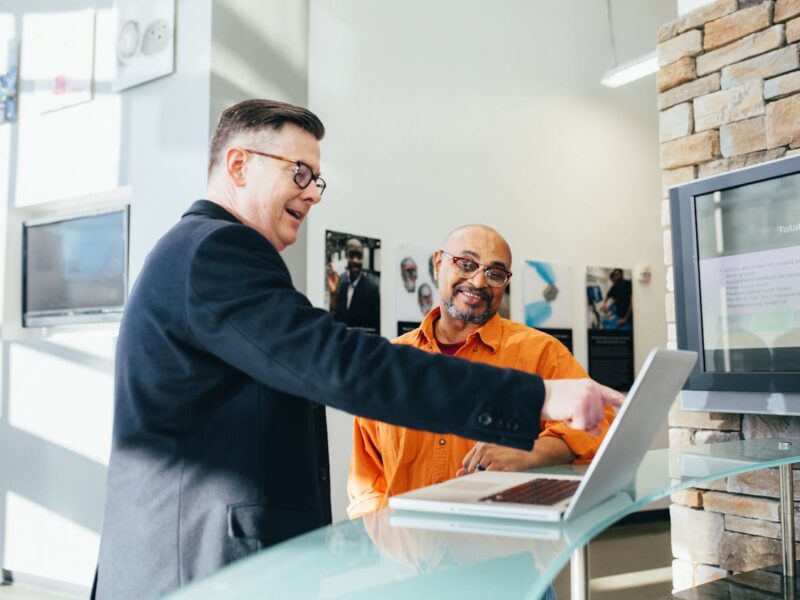Implementing Continuous Localization Strategies to Enhance Global Releases in Your Offshore Development Center
Why Continuous Localization Matters in an Offshore Development Center
Understanding Continuous Localization
Continuous localization is the practice of embedding localization directly into the software development lifecycle. Unlike traditional methods, where translation happens after development is complete, this approach integrates localization alongside code updates. The result is faster, more efficient global releases.
This strategy is especially useful in offshore development centers, where teams often work across different countries and time zones. By aligning localization with agile development cycles, companies can reduce delays, improve the cultural relevance of their products, and deliver a more consistent user experience worldwide.
Continuous localization also complements agile and DevOps practices by reducing rework, avoiding bottlenecks, and supporting more frequent releases. It shifts localization from a reactive task to a proactive part of the development process.
The Role of Offshore Development Centers in Global Releases
Offshore development centers in regions like Vietnam, Eastern Europe, and Latin America play a key role in building and maintaining software for global audiences. These centers often support clients in the US and Europe, making localization an essential part of their operations.
By implementing continuous localization, these teams can ensure that products are ready for international markets from the start. It helps address cultural and linguistic differences early in development, reducing the need for last-minute fixes.
Integrating localization into daily workflows also gives offshore teams more ownership of global readiness. They can collaborate more effectively with regional stakeholders and contribute to higher-quality, market-aligned releases.
How to Integrate Continuous Localization into Your Offshore Development Center
Building the Right Localization Workflow
Start by evaluating your current development process. In many teams, localization is still treated as an afterthought, which can create delays. Moving localization earlier in the cycle helps streamline production and minimize last-minute issues.
Incorporate localization into your CI/CD pipelines. This ensures that translations are processed and tested alongside code changes, keeping localized content current and ready for deployment.
Use a translation management system (TMS) that integrates with your version control tools. These systems can automate string extraction, notify translators, and sync updates back to the codebase, reducing manual work and errors.
Choosing the Right Tools and Technologies
The success of continuous localization depends on using the right tools. Look for solutions that support real-time collaboration, automated workflows, and compatibility with platforms like Git, Jira, and Jenkins.
Make sure the tools support multiple languages and are suitable for the types of software your offshore teams build—whether it’s mobile apps, web platforms, or embedded systems.
A hybrid approach that combines machine translation with human editing can speed up the process while maintaining quality. This is especially helpful for large-scale projects with tight deadlines.
Involve your offshore teams in selecting and setting up these tools. Their feedback ensures the tools fit their workflow, which encourages adoption and long-term success.
Training and Empowering Offshore Teams
Adopting continuous localization isn’t just about tools—it requires a mindset shift. Invest in training your offshore teams on localization principles, best practices, and tool usage.
Encourage developers to write code that supports localization by externalizing strings and avoiding hardcoded text. This makes it easier to translate and adapt the product for different markets.
Include QA teams early in the process so they can test localized versions and catch layout or language issues before release.
Foster collaboration between developers, translators, product managers, and QA specialists. Clear communication and shared goals lead to smoother workflows and better results.
Common Challenges and How to Overcome Them
Managing Time Zone and Communication Gaps
Offshore development centers often operate in different time zones from headquarters or clients, which can slow communication. This can be a challenge when localization decisions need quick input.
To address this, use asynchronous communication tools like shared dashboards, messaging apps, and project management platforms. These tools help everyone stay informed without needing to meet in real time.
Set clear expectations with service-level agreements (SLAs) and defined workflows. Clarifying roles, timelines, and responsibilities helps reduce confusion and ensures accountability.
Maintaining Consistency Across Languages
Inconsistent messaging across languages can confuse users and weaken your brand. This is a common issue when multiple translators or teams are involved.
Create centralized glossaries and style guides that define key terms, tone, and preferred expressions for each language. These resources help maintain consistency and align content with your brand voice.
Encourage offshore teams to flag unclear source content. Their feedback can improve the original material, making it easier to translate and understand.
Regularly update your localization assets to reflect changes in your product or target markets. Keeping these resources current helps ensure long-term quality and relevance.
What’s Next? Scaling Continuous Localization for Long-Term Success
Measuring Success and Iterating
Track key metrics like time-to-market, translation accuracy, and user satisfaction in different regions to measure the impact of continuous localization. These insights help you refine your strategy.
Use this data to adjust your processes and tools. For example, if some languages consistently lag behind, dig into the cause and make changes to improve efficiency.
Include your offshore teams in retrospectives and process reviews. Their experience can help identify challenges and suggest improvements for scaling localization practices.
Expanding to New Markets with Confidence
A strong continuous localization process makes it easier to enter new markets. With localization built into your offshore development center’s workflow, you can launch products that are culturally and linguistically ready from the start.
As offshore teams gain experience, they can take on more responsibility for localization planning and quality assurance. This not only improves agility but also builds long-term capability within your teams.
In the end, continuous localization is more than a process—it’s a strategic advantage. With the right approach, your offshore development center can help deliver better global products, faster and more effectively.




